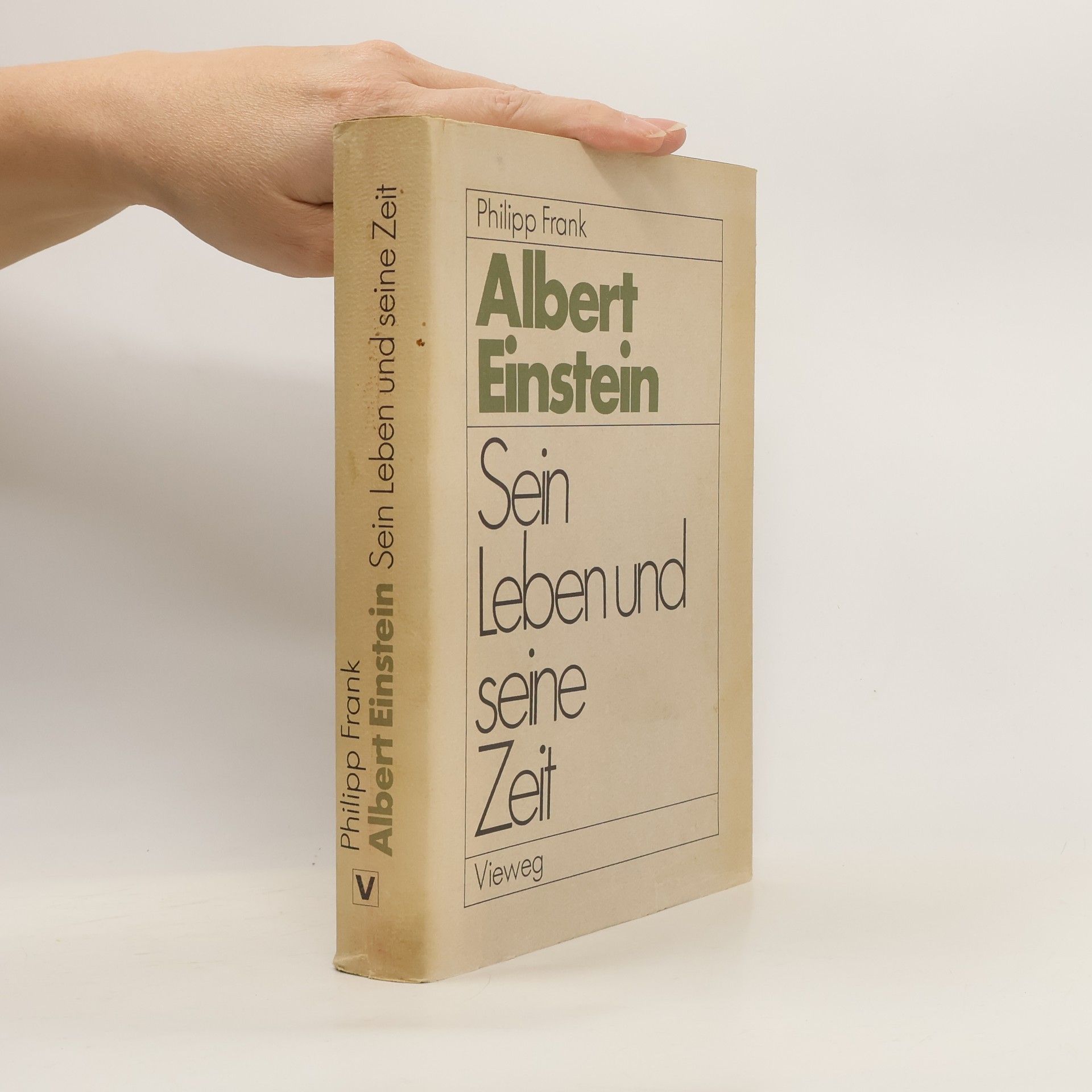Einstein
- 467 Seiten
- 17 Lesestunden



This introduction to the philosophy of science, authored by Philipp Frank, a prominent figure in the Vienna Circle and biographer of Albert Einstein, offers insights into scientific thought and its evolution. Frank's work, now rediscovered, explores key philosophical concepts and the relationship between science and reality, providing a valuable perspective on the foundations of scientific inquiry.